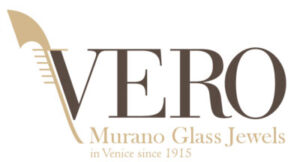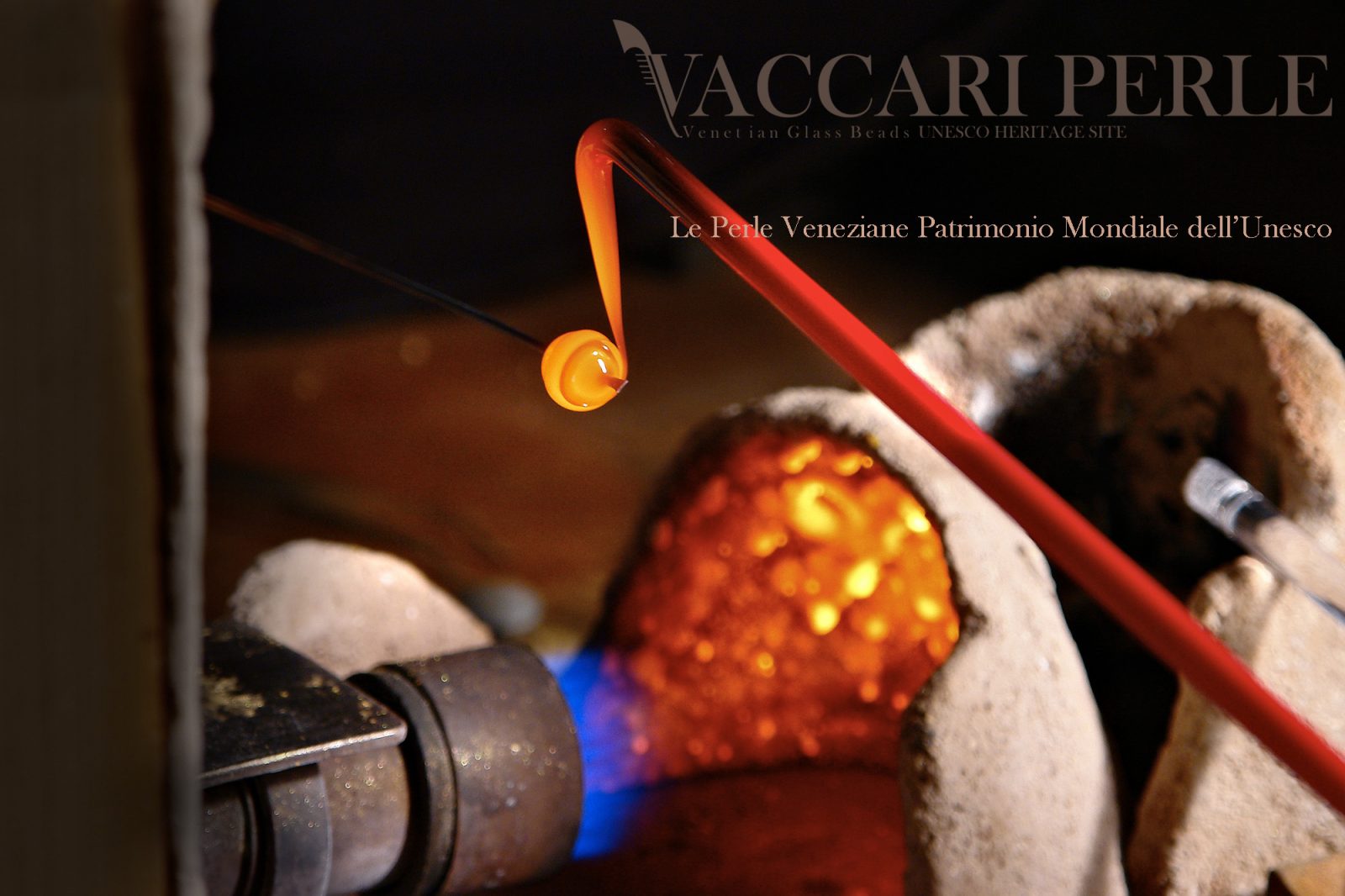Venice on 17 DECEMBER 2020 praised a UN decision to put the art of glass bead-making on its Lists of Intangible Cultural Heritage, expressing hope it would help artisans hit by the coronavirus pandemic.
“It is a source of great pride to be able to see such a prestigious and significant recognition for one of the excellences of our tradition,” said Luigi Brugnaro, mayor of Venice, itself is a UN world heritage site.
Luca Zaia, president of the Veneto region, said it was “excellent news, which comes at a particularly difficult time for Venetian craftsmanship and
its activities”.
“The activities of glass furnaces and artisans have been hard hit by the effects of the health crisis, many are on the brink due to the collapse of tourism but also due to the closure of international markets and fairs,” he said.
“We hope that this recognition will become a driving force for recovery.”
Normally thronged with tourists, Venice has become a ghost town in recent months due to the coronavirus pandemic.
UNESCO highlighted both Italy and France for the art of glass beads and the countries submitted a joint application, saying the practice “is closely
linked to the wealth of knowledge and mastery of a material (glass) and element (fire)”.
The heritage body highlighted the “lume” technique, where glass is melted around a metal rod and then shaped, as well as “da canna” beads, made by
cutting and softening hollow canes of glass.
The production of glass beads in Venice has been documented at least sincethe 14th century, and for hundreds of years they were considered a precious commodity for exchange and export worldwide.
Even when demand for glass objects fell, the production of pearls continued to flourish and kept the industry growing.
But the history of Venetian glass pearls has often been forgotten, as their creators are generally unknown, unlike the renowned glass masters, who crafted sculptures and vases in the Murano glass furnaces.
The glass factories have been based on the island since they were ordered to move there in 1291 after causing too many fires in the city centre.
La perla veneziana entra nel Patrimonio dell’Unesco.
La 15/a sessione del Comitato intergovernativo per la salvaguardia del Patrimonio culturale intangibile dell’Unesco, riunitasi oggi in web conference, ha ufficialmente inserito L’Arte delle perle di vetro nella Lista Rappresentativa del patrimonio culturale immateriale dell’Umanità.
La candidatura è stata depositata da Italia e Francia, con l’Italia capofila, e proposta per la parte italiana dalla Comunità dei perlai veneziani rappresentati dal Comitato per la Salvaguardia dell’Arte delle perle di Vetro Veneziane e per la parte francese dalla Comunità dei perlai francesi, rappresentati dall’Association des Perliers d’art de France.
Durante l’intero percorso, i lavori sono stati coordinati dai ministeri per la cultura dei rispettivi Paesi. Per Venezia si tratta della prima iscrizione di un elemento immateriale nella Lista Unesco. L’arte delle perle di vetro è strettamente legata alla ricchezza delle conoscenze e alla padronanza di una materia, il vetro, e di un elemento, il fuoco. Quest’arte riunisce saperi condivisi e tecniche incorporate, rinvia a procedimenti e a strumenti artigianali particolari e include diverse fasi di lavorazione. La candidatura si focalizza sul saper-fare, sulle implicazioni sociali e culturali di quest’arte e non solamente sull’oggetto creato.
Come sottolinea il Muve, Museo del vetro di Venezia, “in base alla tecnica produttiva, le perle veneziane possono essere di conteria, rosetta o a lume. Le perle di conteria, documentate a Murano dal XIV secolo, sono monocrome, piccolissime, si ottengono “industrialmente” da sottili canne vitree forate e sono utilizzabili anche per ricami e composizioni diverse. Le perle rosetta, inventate nel XV secolo da Marietta Barovier, derivano da canne forate composte, come le murrine, da più strati policromi; le perle a lume risalgono invece al Seicento, si ottengono da una canna non forata (massiccia), riscaldata a fiamma (“lume”) e colata su un filo metallico tenuto manualmente in costante rotazione, con infinite varianti di possibili aggiunte, effetti e colori”.

